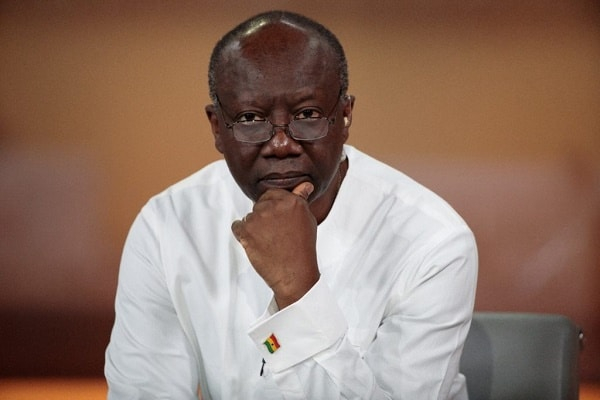BASF reportedly selling coatings business at $6.8 billion valuation
Editor’s note: This article has been updated to include a response from BASF.
According to Bloomberg News and Reuters, BASF has made plans to sell its coatings business for a $6.8 billion valuation.
Carlyle Group and paint maker Sherwin-Williams are considering bidding together for the coatings unit, but interest has also been shown by CVC Capital Partners and Lone Star Funds, according to Bloomberg.
Following the publication deadline, BASF shared the following with Repairer Driven News:
“As already mentioned during our Capital Markets Day in September 2024, we will explore strategic options for our Coatings business overall. This will include exploring a straight sale and JV options (e.g., with a BASF minority stake), etc.
“As recently communicated, we are approaching the market to explore strategic options for the remaining Coatings activities. This means that discussions will be held with interested parties, and we are open to the outcome. It is too early to indicate what direction this may take. The intention is to explore strategic options for the remaining Coatings activities in one package. There is high interest in the market from strategic buyers, from private equity, and from consortia.”
A BASF spokesperson told Bloomberg that the company is “approaching the market to explore strategic options for the remaining coatings activities.”
Private equity firms Advent, Bain Capital, Blackstone, and Platinum Equity are separately “planning to evaluate the business,” according to the articles.
Reuters reports that BASF’s finance chief said earlier this month the company would be “sounding out the market for potential buyers’ interest in its coatings division during the second quarter.”
In May, BASF reported to investors that its 2025 remained unchanged following Q1, although noting “an increasingly challenging environment.”
During the company’s Q1 earnings call, Chief Financial Officer Dirk Elvermann said, “EBITDA before special items was at about the level of the prior-year quarter and was in line with average analyst estimates,” according to a May 2 BASF press release.
The release states that Elvermann stressed the economic benefits of having production assets in all key regions worldwide.
Regarding market developments due to U.S. tariff announcements, Elvermann said, “We produce locally for the local markets. Especially in these challenging times, this makes us more resilient than others and is a competitive advantage.”
In Europe and North America, around 90% of BASF’s sales are generated with products manufactured in the respective region, according to the release.
Last year, more than 80% of BASF’s U.S. sales came from products manufactured in the country.
“This high proportion of local production is the reason why the direct impact of tariffs on BASF is likely to be limited,” Elvermann said. “However, BASF must also consider indirect impacts resulting from market uncertainty and changes in customer demand in industries such as automotive and consumer goods. It remains difficult to assess the full impact of the current tariffs and counter-tariffs on BASF’s business at this point in time.”
BASF Group’s Q1 sales were €17.4 billion (around $19.3 billion), €151 million (about $156 million) below the figure of the prior-year quarter. This development was mainly attributable to the decline in sales volumes in the Agricultural Solutions, Chemicals and Nutrition & Care segments while volumes in the Surface Technologies, Industrial Solutions, and Materials segments remained at the prior-year level, according to the release.
BASF noted in the release that tariffs had already taken a toll on production momentum in Q1 within the chemical industry.
“Developments going forward will largely depend on the trade policy decisions made by the United States and its trading partners,” the release states. “A reliable quantification of the impact on the global economy is not possible at this time. In light of the volatile situation, the assumptions published in the BASF Report 2024 regarding the global economic environment in 2025 remain unchanged for the time being:
The release adds that the “volatility of the tariff announcements and the unpredictability of other decisions by the United States, as well as possible countermeasures by trading partners, are causing a high level of uncertainty.”
Images
Featured image credit: JHVEPhoto/iStock
Share This:










